For quite some time I’ve been messing around with different AI design tools, and recently I came across the State of AI-assisted Software Development 2025 report. Funny enough, a lot of what’s in there echoes my own day-to-day experience.
Great for sparks, not so great for long runs
For quick pitches and presales, for example UXPilot.ai has been great. I can throw something together in minutes, get people talking, and kickstart ideas. But I know that if I tried to build on those drafts for real product work, I would have ended up starting over. The UXPilot.ai outputs just brought too much noise into Figma, making things harder, not easier.
Same story with appalchemy.ai. At first it feels like magic, you get screens instantly. But once you start tweaking, it all slows down. Fixing things often took longer than just creating them myself from scratch.
And with Midjourney, I’ve noticed the same pattern. It’s usually quicker to just re-prompt the image than to try to polish what it gave me.
Don’t get me wrong, these tools are amazing and are helping me a lot, but when it comes to details, I’d rather go old-school way.
That said, I’ve noticed something different when it comes to UX writing or synthesising UX research. Tools like ChatGPT or Gemini are actually pretty good here. They can take one piece of copy and spin it in multiple ways; more formal, more playful, more concise, more emotional; faster than I could ever iterate by hand. And when it comes to research synthesis, they can help cut through the noise by clustering feedback, spotting recurring themes, or even reframing user quotes into insights you might have missed at first glance. I was surprised how well ChatGPT handled conversation transcripts too, catching who was speaking, capturing the overall tone of voice, and even picking up on emotions, of course based only on text. What impressed me most was that it didn’t just give conclusions, it also justified why it saw things that way, which made the output easier to trust and build upon. For these kinds of tasks, AI feels less like a spark and more like a real collaborator.
What the research says
The DORA report has a neat way of putting this: AI is an amplifier. If your systems and processes are solid, AI makes them shine. If they’re shaky, AI just amplifies the chaos.
One stat stood out, 95% of developers now use AI, but 30% don’t trust it. That’s exactly how I feel. It’s brilliant for inspiration, but I’d be crazy to just drop the output into the long-term projects.
Another bit that hit home was about value stream management. Unless you’ve got a clear way to connect those little bursts of AI productivity into the bigger workflow, they don’t stick.
My two cents
The way I see it, AI works best right now as a conversation starter. It’s perfect for shaking off blank-page syndrome, wowing stakeholders in presales, or exploring directions you wouldn’t have thought of on your own. But if you’re aiming for something durable and high-quality, you still need the boring fundamentals: clean design approach, human judgment, and solid processes.
So maybe the real role of AI today isn’t about replacing our work, it’s about holding up a mirror. It reflects back where we’re strong, and where we still need to clean up our own mess. And sometimes, if you’re lucky, it also gives you a fresh turn of phrase you wouldn’t have thought of yourself.
